Sitting in a first-generation Honda NSX on Sunday, it suddenly dawned on me that I hadn’t ever properly driven an ‘old’ performance car hard.
Now, I know the original NSX isn’t all that old (indeed, this example was from 2005), but it was still designed before I was born, and my motoring journalist life has clearly been a sheltered one. What’s that thing in the centre console? A cassette player, you say?
The Goodwood Festival of Speed allowed me to right that wrong. And, clearly, as I slip on the rose-tinted spectacles, I have been missing out.
It still looks great, the NSX, doesn’t it? The crowd seemed to like it, the ‘old’ NSX getting as many admiring glances as the new one parked next to it.
Read more from the Goodwood Festival of Speed
Inside, visibility out puts many modern cars to shame, even if the cabin feels a little cramped. They certainly don’t make carpets with that pile like they used to, and who said all those electronics in cars will be tricky to look after in the future? Everything on the NSX worked perfectly and felt robust.
And so to the hill. The ‘don’t stack it’ box was ticked, which is the main thing about any run. But a few impressions, if I may.
The loveliest thing of all about the NSX is the weighting of everything: lovely clutch pedal, lovely feel to the steering, lovely gearshift. Just lovely.
And the noise; my ears are still ringing from the screaming when you rev it. The performance is more sports car than supercar but, still, Honda’s performance car engines are excellent and packed with drama. I couldn’t help wondering just how the Civic Type R in which I’d driven down to Goodwood would perform with the NSX’s V6 under its bonnet…
If I went back to Roman times by driving the NSX, I was back in the Jurassic period later the same day when my old-car quest turned up a set of keys for an Alfa Romeo 1750 GTAm racer.

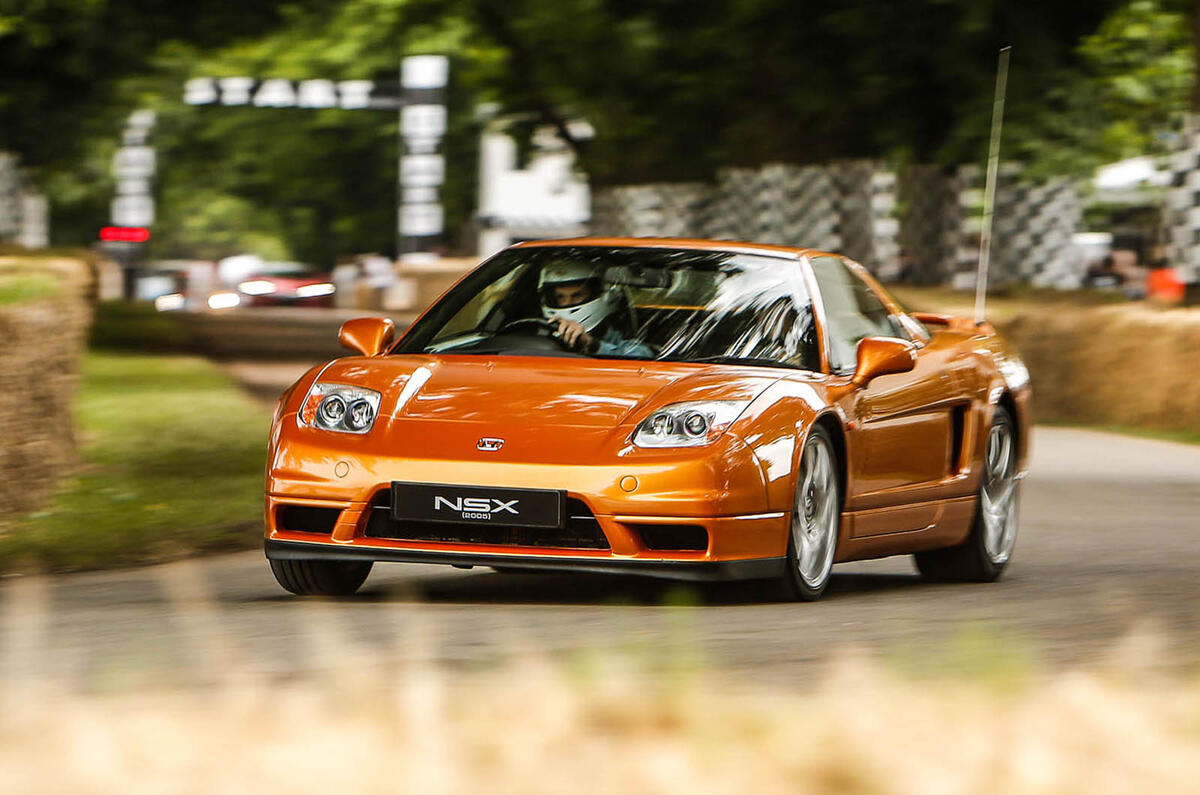
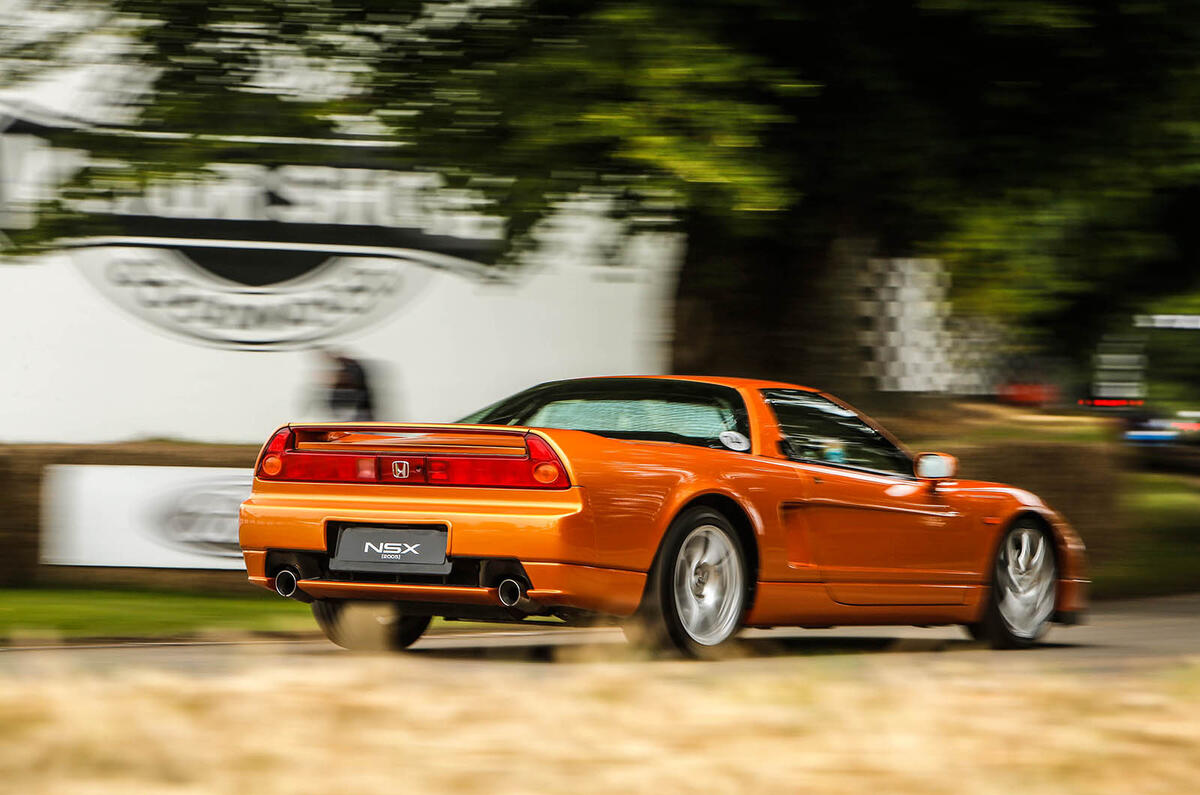
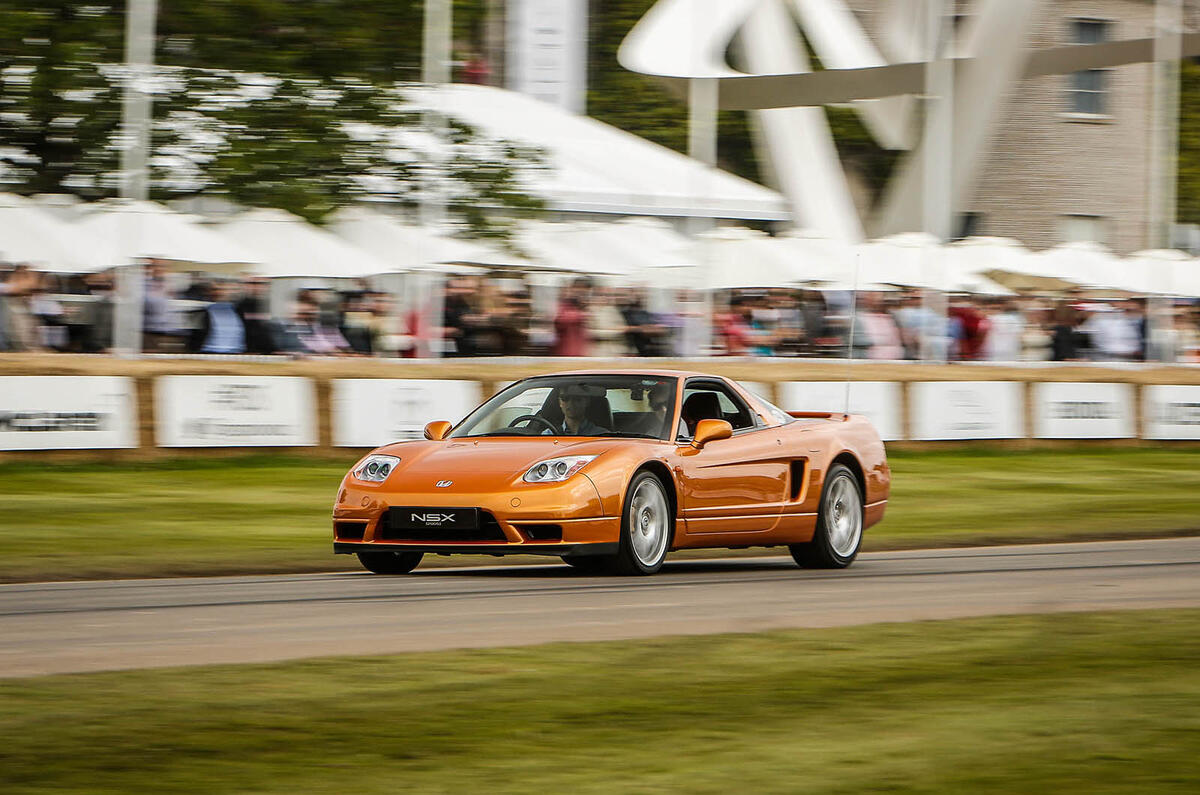
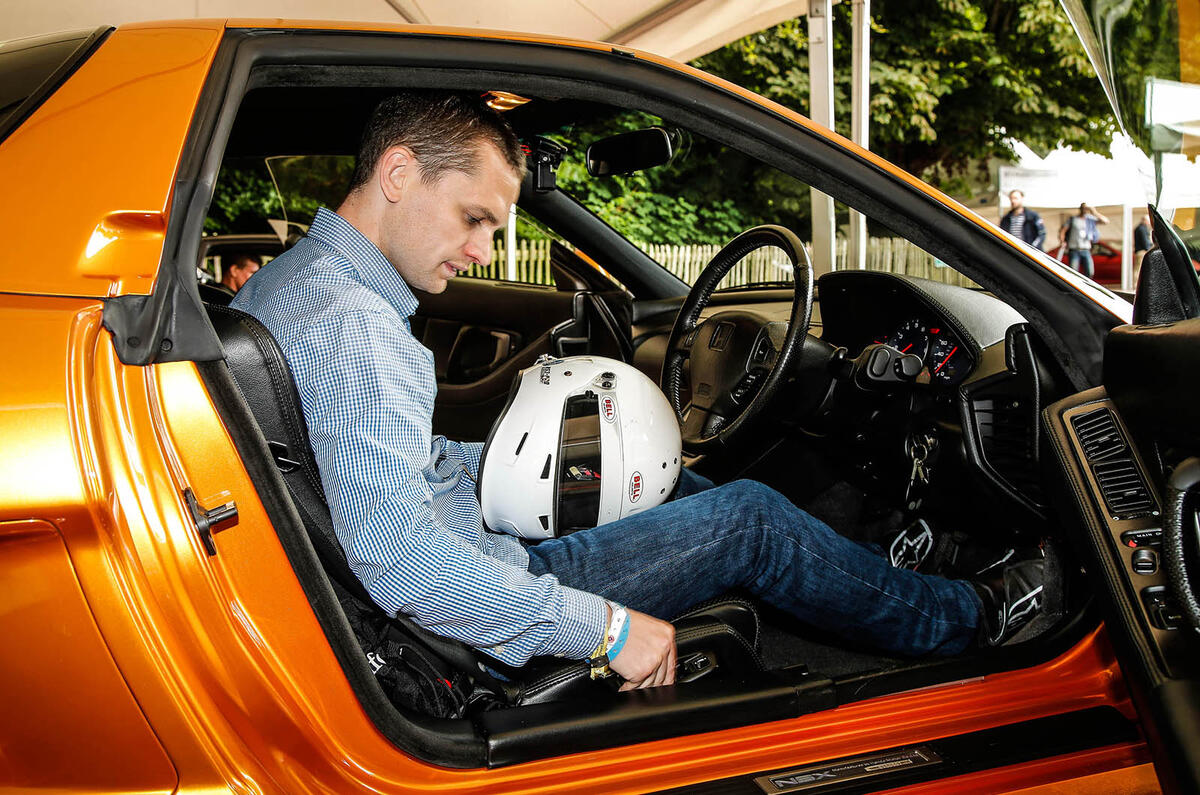
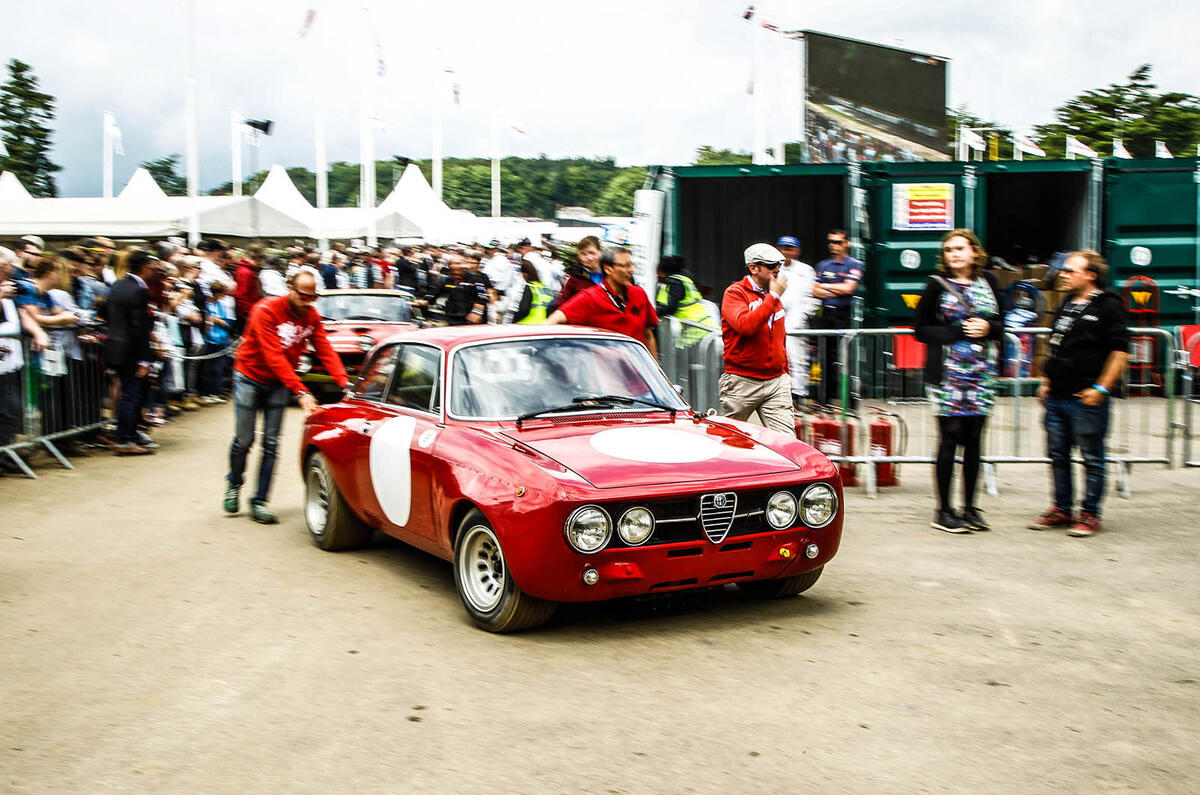
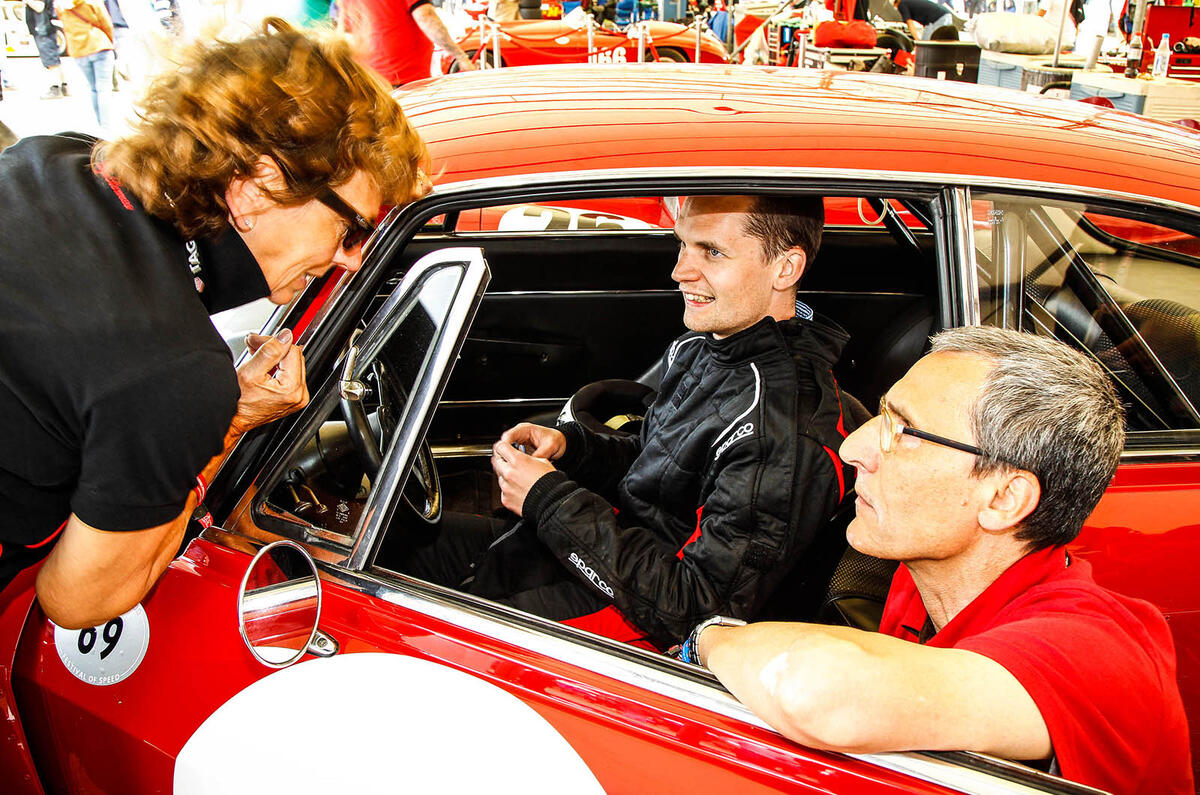

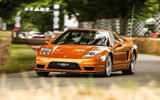
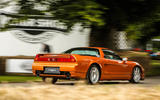
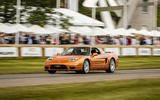
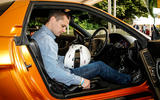

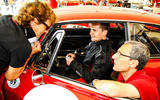
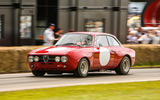








Join the debate
Add your comment
I seriously don't see how
Thought crossed my mind too!
It sort of shows why Autocar aren't the focused driver orientated mag they once used to be and why Audi still seem to get so many column inches even though they are no where near a drivers car.
Mark Tisshaw wrote: I couldn
Not well I suspect. The NSX V6 is down on power compared to the Civic engine and would probably ruin the handling as well.
There is so much more to